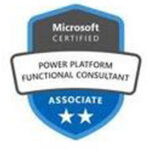The emergency board meeting was called for 6 AM on a Monday morning. Rachel Kim, IT Director at MegaCorp Industries, had never seen the CEO look so defeated. After 18 months of aggressive acquisitions, their “unified technology strategy” was crumbling—and it was about to cost them everything.
“We can’t get a single report that shows real business data,” the CEO announced grimly. “Our biggest client is threatening to walk because we can’t tell them their order status across our different divisions. We’ve got 47 different systems that don’t talk to each other, and our IT integration budget is already $2.3 million over.”
Rachel knew the numbers were worse than that. What the CEO didn’t know yet was that their failed integration project had created a data nightmare that was bleeding money from every corner of the business.
The Integration Apocalypse
MegaCorp’s growth strategy was brilliant on paper: acquire complementary businesses, integrate their capabilities, and create a diversified powerhouse. The execution, however, was a disaster.
Each acquisition brought its own technology stack:
- Manufacturing Division: Legacy AS/400 systems with custom interfaces
- Logistics Division: Cloud-based Salesforce with third-party warehouse management
- Customer Service: Microsoft Dynamics 365 with custom ticketing systems
- Finance: SAP ERP with dozens of subsidiary spreadsheet processes
- HR: Workday with integrated payroll and benefits platforms
- Marketing: HubSpot, Mailchimp, Google Analytics, and six social media tools
The original integration plan called for replacing everything with a single enterprise platform. Eighteen months and $8.7 million later, they had accomplished exactly nothing except creating more chaos.
“We had data trapped in silos,” Rachel recalls. “Customer information lived in seven different systems. A simple question like ‘What’s our total revenue by customer segment?’ required three people, two days, and five different spreadsheets to answer.”
The breaking point came when their largest client—responsible for 22% of annual revenue—threatened to terminate their contract. MegaCorp couldn’t provide real-time visibility into order status, inventory levels, or delivery schedules because that information was scattered across multiple disconnected systems.
The Moment of Truth
During a particularly brutal board meeting, Rachel made a confession that surprised everyone: “We’ve been approaching this backwards. Instead of trying to replace these systems, what if we made them work together?”
The room fell silent. After spending millions trying to consolidate systems, the idea of integration seemed like giving up.
But Rachel had been quietly experimenting with Microsoft Power Automate over the weekend. She’d discovered something revolutionary: Power Automate had pre-built connectors for almost every system they owned—including their legacy AS/400 mainframe.
“I built a proof-of-concept in four hours that did what our $8.7 million integration project couldn’t do in 18 months,” Rachel explains. “I connected our order management system to inventory, shipping, and customer service without writing a single line of code.”
The Integration Revolution
Rachel’s team had just eight weeks to prove their approach could work before the board would approve a complete technology replacement—potentially costing another $15 million and taking two years to implement.
Using Power Automate’s visual workflow designer, they began connecting systems one business process at a time:
Customer Order Orchestration: When an order was placed in Salesforce, Power Automate would automatically check inventory in the ERP system, create shipping labels in the logistics platform, update customer records in Dynamics 365, and trigger automated email notifications. What used to require manual intervention at six different points became completely automatic.
Real-Time Inventory Synchronization: Instead of nightly batch updates that left inventory data hours out of date, Power Automate created real-time sync flows between manufacturing, warehousing, and sales systems. Inventory levels updated instantly across all platforms.
Unified Customer View: Power Automate aggregated customer data from all touchpoints into a single dashboard. Sales reps could see order history from manufacturing, service tickets from support, and payment status from finance—all in real-time.
Financial Consolidation: Monthly financial reporting that previously took 12 people five days was automated through Power Automate flows that pulled data from all subsidiaries, performed reconciliation checks, and generated consolidated reports automatically.
Exception Management: The system monitored all integrations continuously, automatically detecting when systems went offline, data formats changed, or unusual patterns emerged. Instead of discovering integration failures weeks later, they were alerted within minutes.
The Transformation Miracle
Six weeks into the project, something extraordinary happened. The client who had threatened to leave called to congratulate them on their “amazing new system.”
“They couldn’t believe the transformation,” Rachel remembers. “Suddenly they could track orders in real-time, get instant inventory updates, and receive proactive notifications about potential issues. They actually increased their order volume by 340% within two months.”
The results across the organization were dramatic:
- Data Accessibility: Real-time business intelligence replaced week-old reports
- Process Efficiency: Order-to-delivery time reduced from 12 days to 4 days
- Customer Satisfaction: Support ticket resolution improved by 67%
- Financial Accuracy: Monthly close process reduced from 8 days to 2 days
- Integration Costs: 89% reduction in ongoing integration maintenance
But the most significant change was cultural. Department heads who had been territorial about their systems suddenly became collaborative, sharing data and optimizing cross-functional processes.
The Scalability Surprise
What started as an emergency integration project became MegaCorp’s competitive advantage. The Power Automate framework they built was infinitely scalable.
When MegaCorp acquired two more companies six months later, integrating their systems took just three weeks instead of the previously planned 18 months. The automated integration framework could accommodate new systems, new data formats, and new business processes without starting over.
Adaptive Architecture: The integration layer was designed to be system-agnostic. When individual systems were eventually upgraded or replaced, the integrations automatically adapted without breaking other connections.
Self-Documenting Processes: Every integration flow was visually documented through Power Automate’s interface. New team members could understand complex business processes in hours instead of months.
Business User Empowerment: Department heads learned to create their own simple integration flows using Power Automate’s drag-and-drop interface. IT went from being a bottleneck to being an enabler.
The Competitive Edge
The integration success transformed MegaCorp from an acquisition-heavy company struggling with operational complexity into an integrated powerhouse that could outmaneuver larger competitors.
Speed Advantages: While competitors took months to launch new products or enter new markets, MegaCorp’s integrated systems enabled rapid deployment of new capabilities across all divisions simultaneously.
Customer Intelligence: The unified data platform provided insights that single-system competitors couldn’t match. They could identify cross-selling opportunities, predict customer needs, and prevent churn with precision their competitors envied.
Operational Excellence: The automated integration layer eliminated the manual work that typically slowed down multi-division companies. They could operate with the agility of a startup while maintaining enterprise-level capabilities.
Acquisition Advantage: Their proven integration framework became a selling point for future acquisitions. Target companies were attracted to the idea of rapid, painless integration instead of the typical post-acquisition chaos.
The Network Effect
The success attracted attention from unexpected places. Three of their major suppliers asked to integrate with MegaCorp’s system to improve supply chain coordination. What started as internal integration evolved into a partner ecosystem that created additional competitive advantages.
Supply Chain Transparency: Real-time integration with suppliers enabled predictive inventory management and eliminated stockouts.
Customer Portal Integration: Major clients integrated their procurement systems directly with MegaCorp’s order management, creating switching costs that protected against competitive threats.
Vendor Management: Automated vendor onboarding and performance monitoring improved supplier relationships while reducing administrative overhead.
The Strategic Transformation
Two years later, MegaCorp’s integration framework processes over 100,000 transactions daily across 47 different systems. What began as an emergency solution has become their core business platform.
“The integration layer is now more valuable than any individual system we own,” Rachel explains. “We can replace any component without disrupting the business because the integration framework adapts automatically.”
The framework has enabled business model innovations that weren’t possible with siloed systems:
Dynamic Pricing: Real-time integration between demand forecasting, inventory levels, and competitive intelligence enables automated pricing optimization.
Predictive Service: Integration of IoT sensors, service history, and customer usage patterns enables proactive maintenance and service delivery.
Agile Operations: The ability to quickly integrate new capabilities, partners, or acquisitions has become MegaCorp’s primary competitive advantage.
The New Reality
Today, MegaCorp’s IT budget is 40% lower than before the integration project, while their system capabilities have expanded exponentially. They’ve completed seven additional acquisitions using the same integration framework, each taking less time and cost than the previous one.
“We stopped trying to eliminate system diversity and started orchestrating it,” Rachel reflects. “The goal isn’t to have fewer systems—it’s to make all systems work together seamlessly.”
The client who nearly left has become their largest customer, citing MegaCorp’s “unmatched operational transparency” as the primary reason for expanding their partnership.
The Future Vision
The integration platform continues to evolve. Machine learning components now predict integration failures before they occur, automatically optimize data flows based on usage patterns, and suggest new integration opportunities based on business objectives.
“Integration used to be a technical problem,” Rachel explains. “Now it’s our business strategy. When you can connect anything to anything instantly, you can respond to market changes faster than competitors who are trapped in monolithic systems.”
The crisis that nearly destroyed MegaCorp became the catalyst for their transformation into an industry leader—proof that the right integration strategy can turn operational chaos into competitive supremacy.
For IT leaders drowning in system complexity, Rachel’s advice is transformative: “Stop trying to eliminate diversity—orchestrate it. Your competitive advantage isn’t in having perfect systems, it’s in making imperfect systems work together perfectly.”
Frequently Asked Questions
Q: How long does it take to integrate multiple legacy systems using Power Automate? A: MegaCorp connected 47 systems in 8 weeks using Power Automate’s pre-built connectors. Simple integrations can be operational within days, while complex enterprise integrations typically take 4-12 weeks. The visual designer enables rapid prototyping and iterative development.
Q: Can Power Automate integrate with legacy mainframe systems like AS/400 or COBOL applications? A: Yes, Power Automate supports legacy system integration through various methods including database connectors, file-based integration, API gateways, and third-party integration platforms. MegaCorp successfully integrated their AS/400 manufacturing systems without modifying the legacy applications.
Q: What’s the cost comparison between Power Automate integration and traditional enterprise integration platforms? A: MegaCorp achieved 89% cost reduction compared to traditional integration approaches. Power Automate’s pay-per-use model eliminates large upfront licensing costs, while the visual interface reduces development time by 70-80%. Total cost of ownership is typically 60-90% lower than traditional integration platforms.
Q: How does Power Automate handle data transformation between different system formats? A: Power Automate includes built-in data transformation capabilities for common scenarios and supports custom expressions for complex transformations. The platform can handle JSON, XML, CSV, and database formats natively. For advanced transformations, you can integrate with Azure Data Factory or custom functions.
Q: What happens when one of the integrated systems goes offline or fails? A: Power Automate includes comprehensive error handling and retry mechanisms. You can configure automatic retries, error notifications, fallback procedures, and queue systems for offline scenarios. The platform monitors integration health continuously and provides detailed diagnostics for troubleshooting.
Q: How do we ensure data consistency across multiple integrated systems? A: Power Automate supports various consistency patterns including real-time synchronization, event-driven updates, and compensating transactions. You can implement data validation rules, conflict resolution logic, and audit trails to maintain consistency. The platform also supports distributed transaction patterns when needed.
Q: Can business users create their own integrations, or does it require IT involvement? A: Power Automate’s visual designer enables business users to create simple integrations independently. Complex enterprise integrations typically require IT involvement for security, governance, and architecture decisions. The platform supports a hybrid approach where IT establishes frameworks and business users create specific workflows.
Q: How do we manage governance and security across numerous system integrations? A: Power Automate integrates with Microsoft’s enterprise governance tools including Azure Active Directory, Data Loss Prevention policies, and compliance frameworks. You can implement role-based access controls, data classification, audit trails, and approval workflows to maintain security and governance standards.
Q: What’s the scalability limit for Power Automate integrations? A: Power Automate is built on Microsoft’s cloud infrastructure and scales automatically. MegaCorp processes over 100,000 transactions daily across 47 systems. The platform supports enterprise-scale workloads with automatic scaling, load balancing, and performance optimization. There are no practical limits for most business scenarios.
Q: How do we handle integration maintenance and updates when systems change? A: Power Automate’s visual interface makes maintenance straightforward. When systems change, you can update integration flows through the designer without coding. The platform provides version control, testing environments, and deployment pipelines. Many updates can be made by business users without IT involvement, reducing maintenance overhead significantly.











